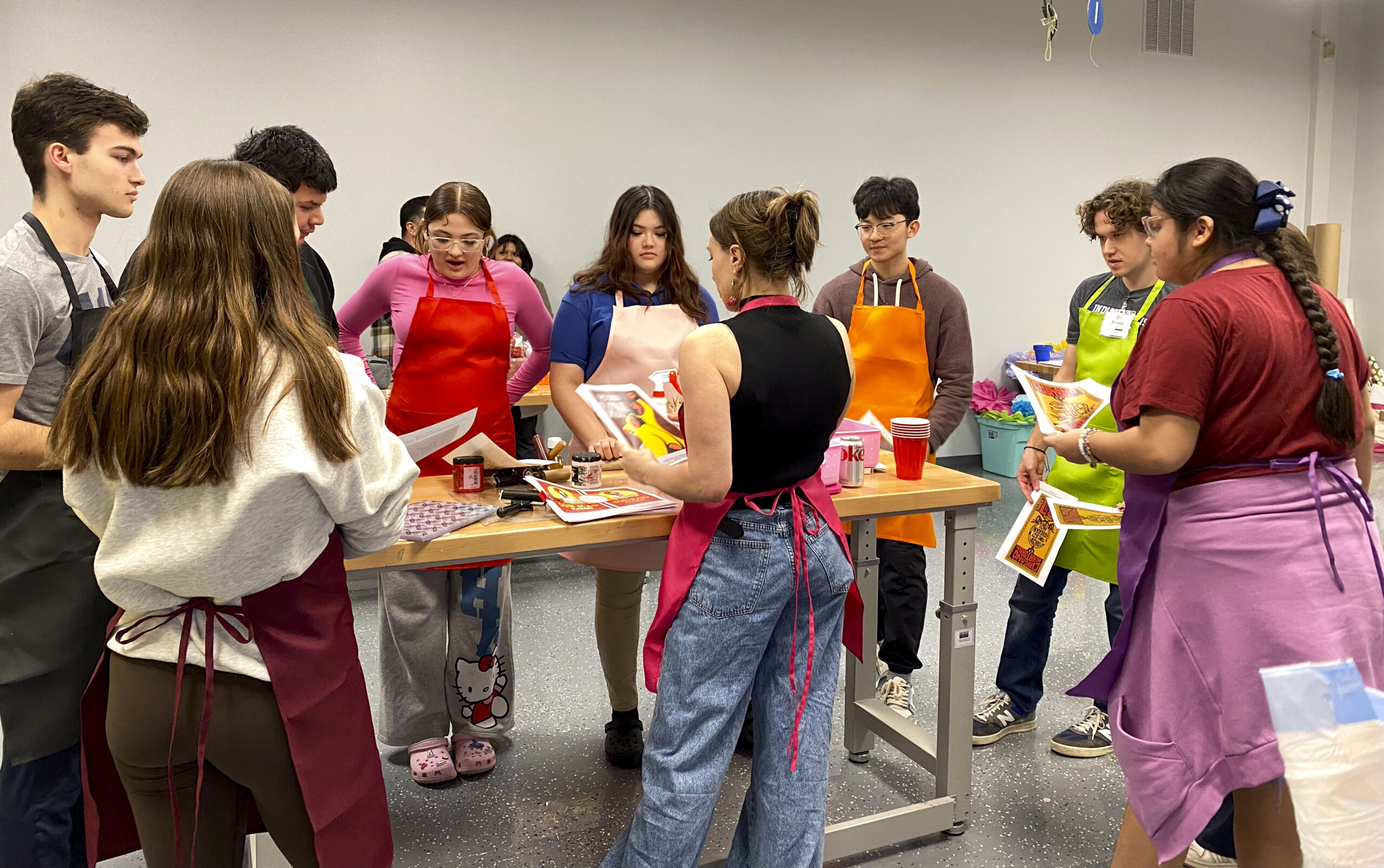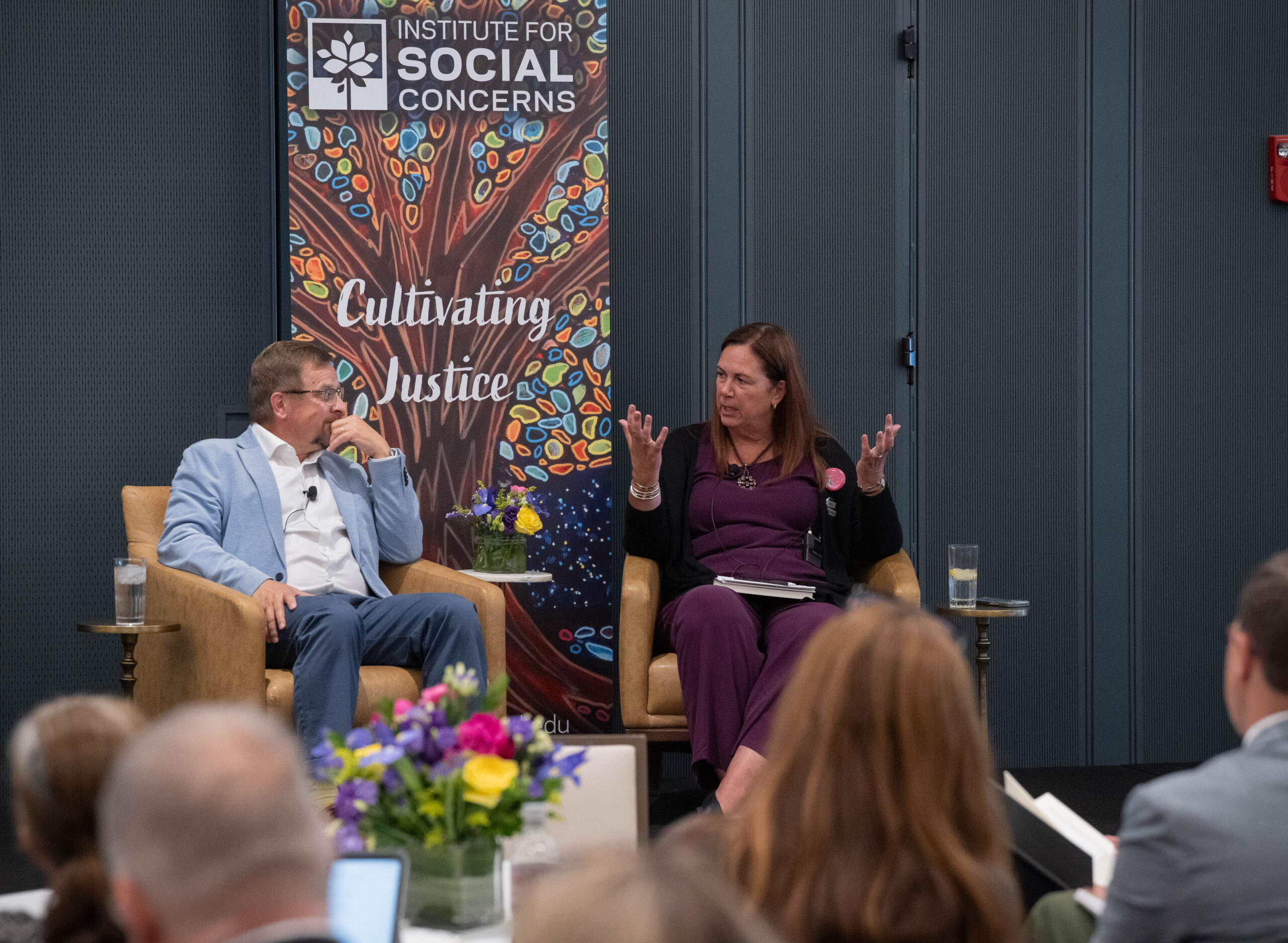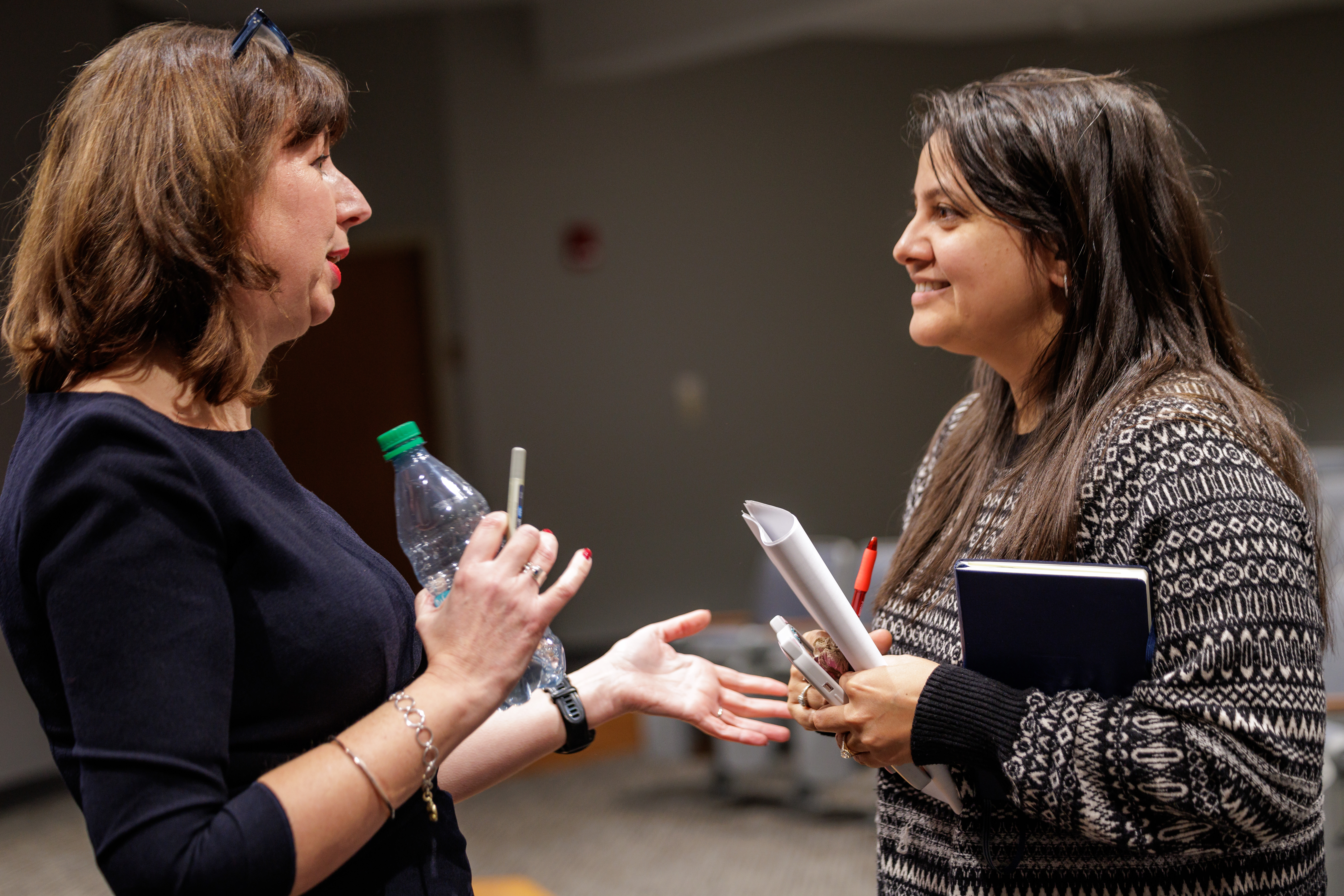ReSearching for the Common Good: O. Amandhi Mathews
June 18, 2024
As an interdisciplinary academic institute, the Institute for Social Concerns leverages research to respond to the complex demands of justice and to serve the common good. This series, ReSearching for the Common Good, highlights some of the scholars in our community.

O. Amandhi Matthews is a fourth year Ph.D. student in the Cody Smith Laboratory studying sensory neuron development using zebrafish as a model organism. Amandhi is originally from Sri Lanka and came to the United States to pursue her bachelor’s degree in biology from the University of Dallas. At Notre Dame, Amandhi has served as the chair of professional development and outreach of the Association for Women in STEM. She is also an ambassador for EducationUSA, a Fulbright outreach program that assists the education outreach efforts of Fulbright Sri Lanka.
Amandhi is a 2024–25 Graduate Justice Fellow of the Institute for Social Concerns.
What are you researching right now?
Our cells have a lot of little organelles, which act like machines that help perform different functions inside the cell. Ultimately, it helps us carry out our daily tasks. I’m looking at an organelle that is in charge of breaking things down, and I’m trying to understand how it functions in the early development of the nervous system. How does it help the function of neurons and glia, which are the two main types of cells that make up our nervous system? What happens to these organelles? Where do they get shipped to, and what do they do? And how is that important in neurodegenerative or neurodevelopmental disease states?
How did you become interested in this research?
I have always been interested in understanding how things work within the human body, especially the biology of early development. There is so much complexity, especially within the nervous system, that gets built into an adult nervous system, yet it starts with a fundamental, simple blueprint. I was always interested in work that allows me to see what’s happening. We do a lot of microscopy and live imaging in the lab, and it’s beautiful work. There’s something special and beautiful about being able to see how two things are actively moving together, and I get to understand how neurons and glia arrange, rearrange, and configure the beautiful complexity of our nervous systems in real time under the microscope.
How do you see your research contributing to the common good?
The work that I do is considered “basic biology,” which means I ask questions about how things work at the fundamental level. That kind of work contributes to the common good because understanding the human blueprint of development is essential to understanding what goes wrong in neurodevelopmental disorders like ALS or autism spectrum disorder.
A lot of basic biology happens at the bench, and it might take a long time before it makes its way to the clinic. Yet, it is from basic biology that we can build therapeutic interventions that can intervene in disease. While my bench work serves the common good in the long term, on my day-to-day, a big part of what I love to do is scientific communication and integration of science with society, helping people to understand why we study what we study at the basic level and getting scientists to think beyond their technical expertise, into how their work would function in society.
In the same way we bridge work in neurons and glia to have a system-level understanding of how the nervous system of an organism develops, it takes bridging science and society to discover what we need to do for the common good. My bench work discovers how the nervous system works, and my interests beyond the bench push me to then ask, What are the needs of society, and what is the science to address those needs? How do we bridge the gap between the two to provide a system-level understanding that gets us closer to the truth and human flourishing?
Related Stories
-
Printmaking history—the institute partners with community to celebrate South Bend’s Latino heritage
-
Forming character through friendship—Virtues & Vocations conference promotes human flourishing in professional education
-
Go be justice—Sending off graduates to work for the common good
-
ReSearching for the Common Good: O. Amandhi Mathews
-
Toward a culture of encounter—Lecture series engages Pope Francis, Catholic social tradition




